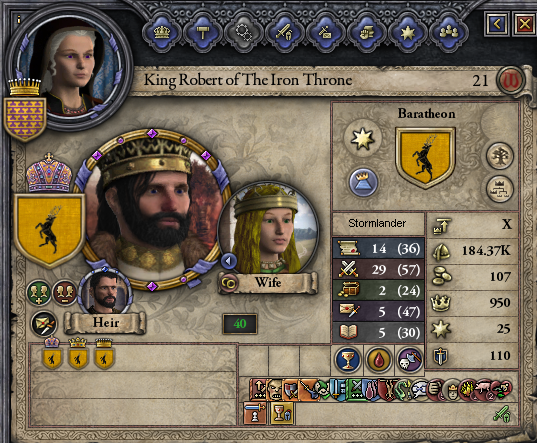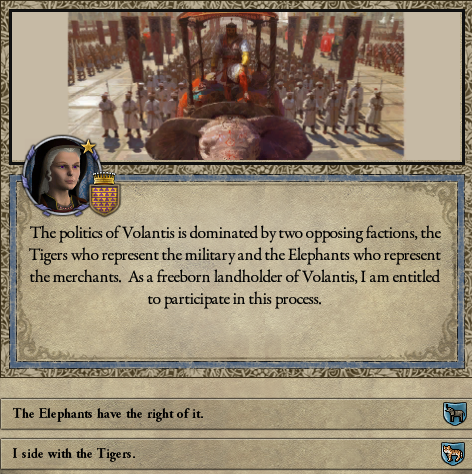Foreword
Before I begin to tell you about the miraculous resurgence of the Blackfyre line, allow me to self indulge for a moment. When I chose to write this tome the reception from my fellow brothers at the Citadel was mixed, to say the least, with some even recommending that I shouldn't bother writing it at all. Indeed whilst the Citadel's libraries contain all types of books about all types of subjects, the vast majority are focused on the history of Westeros and the Seven Kingdoms and they normally cover important moments, not individual dynasties. Credible information of historical events in Essos is particularly hard to find, with many of the Essosi histories containing a staggering amount of fabrications. Archmaester Willem's book A History of the Free Cities is a decent source, but it lacks the fine substance that the best Westerosi Histories contain and Willem always had a love of exaggerating facts to seem more fantastical. No, normally if you desired historical documentation of the lands across the Narrow Sea you would have to travel to the Free Cities and hope you could find a book you could translate into the Westerosi tongue. Even when you had done that you had to contend with the 'historians' of the Free Cities, who tend to exaggerate far more than here in Westeros with army numbers being tripled and heroes who could apparently take on thousands of soldiers by themselves. It makes for riveting entertainment but lacks even a slither of academic rigour.
As for books on the Blackfyres, there is only one book about them, the unfinished tome The Red Dragon and the Black by Grand Maester Merion. Despite never being completed, The Red Dragon and the Black has become a major literary source at the Citadel, with many novices using Merion's words as evidence when discussing the Blackfyre Rebellions. Whilst it is a seminal piece of work that has influenced many Maesters, including yours truly, it misses many of the finer details of what makes learning history so interesting. It is all well and good knowing each King which sat on the Iron Throne or learning the exact date for every battle, but it is something else entirely when you begin to learn the motives behind the decisions these people made. Was Daemon Blackfyre really power hungry, or was it his desperate love for his half-sister Daenerys that set off the war? Was Bloodraven really a sorcerer who controlled three kings from behind the scenes, or was he just as a shrewd man with a talent for court intrigue? The reason the Dance of the Dragons has stuck so strongly in the minds of even the common-folk of this land is that of the intense emotional stakes surrounding the conflict, not because tens of the thousands died and the dragons died out. Striking the right balance between categorical fact and emotional realism can be hard, and gods know that I have struggled for years to find the right balance myself.
Daemon of House Blackfyre. To some he was King Daemon I, to others the bastard Daemon Waters. The death of Daemon and his sons at the Battle of Redgrass Field ended the First Blackfyre Rebellion and led to the foundation of the Golden Company by Aegor Bittersteel and his companions.
Back to the topic at hand, the Blackfyres. There was once a time when writing about the Blackfyres could get you arrested, even killed. The Targaryen's paranoia when it came to rebellion often hurt them more than it helped, with many within the Citadel and beyond growing tired of the repression of Brynden Rivers and the Kings he served. It was no secret that Oldtown held a large amount of Blackfyre sympathisers, indeed House Hightower supported Daemon during the First Rebellion, and many of their bannermen joined the ill-fated Second Rebellion as well. It wasn't until Maelys the Monstrous perished during the War of the Ninepenny Kings that the spectre of suspicion lifted across the Seven Kingdoms, with no Blackfyres left there was no one to support. If only that were true...
Archmaester Steffon of the Citadel









